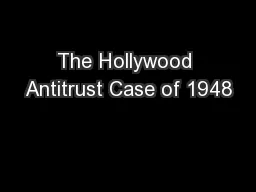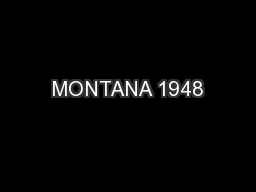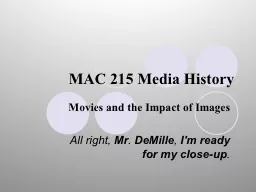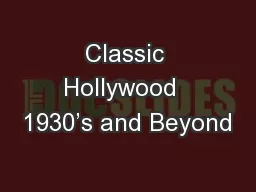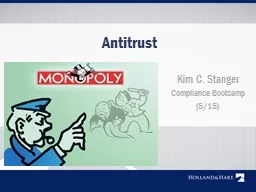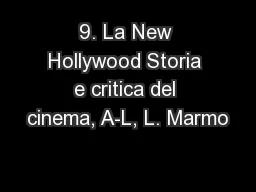PPT-The Hollywood Antitrust Case of 1948
Author : faustina-dinatale | Published Date : 2017-09-18
and its Aftermath When does Smart Business become a Monopoly In 1946 the Hollywood film industry experienced its most profitable year ever 17 billion dollars
Presentation Embed Code
Download Presentation
Download Presentation The PPT/PDF document "The Hollywood Antitrust Case of 1948" is the property of its rightful owner. Permission is granted to download and print the materials on this website for personal, non-commercial use only, and to display it on your personal computer provided you do not modify the materials and that you retain all copyright notices contained in the materials. By downloading content from our website, you accept the terms of this agreement.
The Hollywood Antitrust Case of 1948: Transcript
Download Rules Of Document
"The Hollywood Antitrust Case of 1948"The content belongs to its owner. You may download and print it for personal use, without modification, and keep all copyright notices. By downloading, you agree to these terms.
Related Documents

